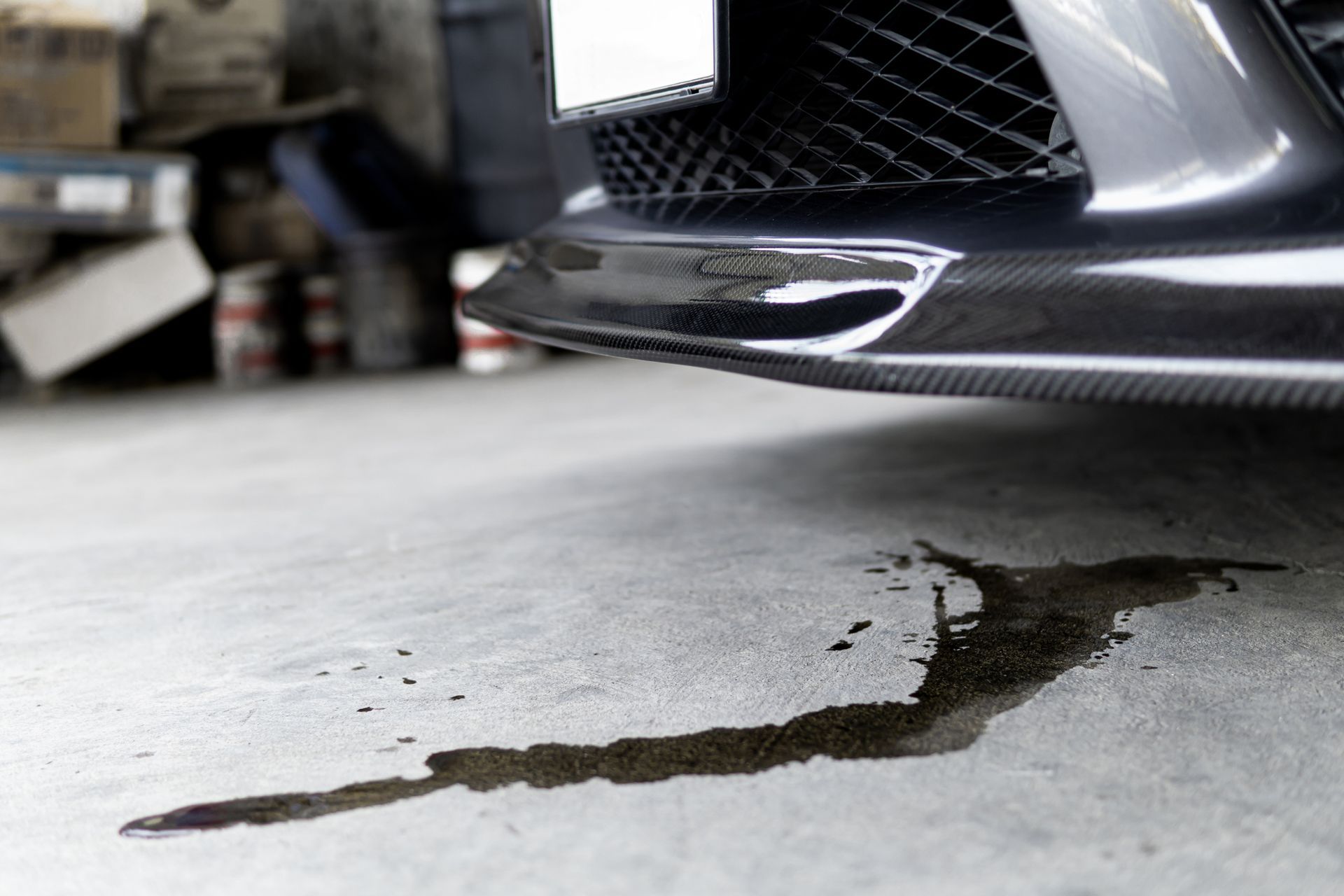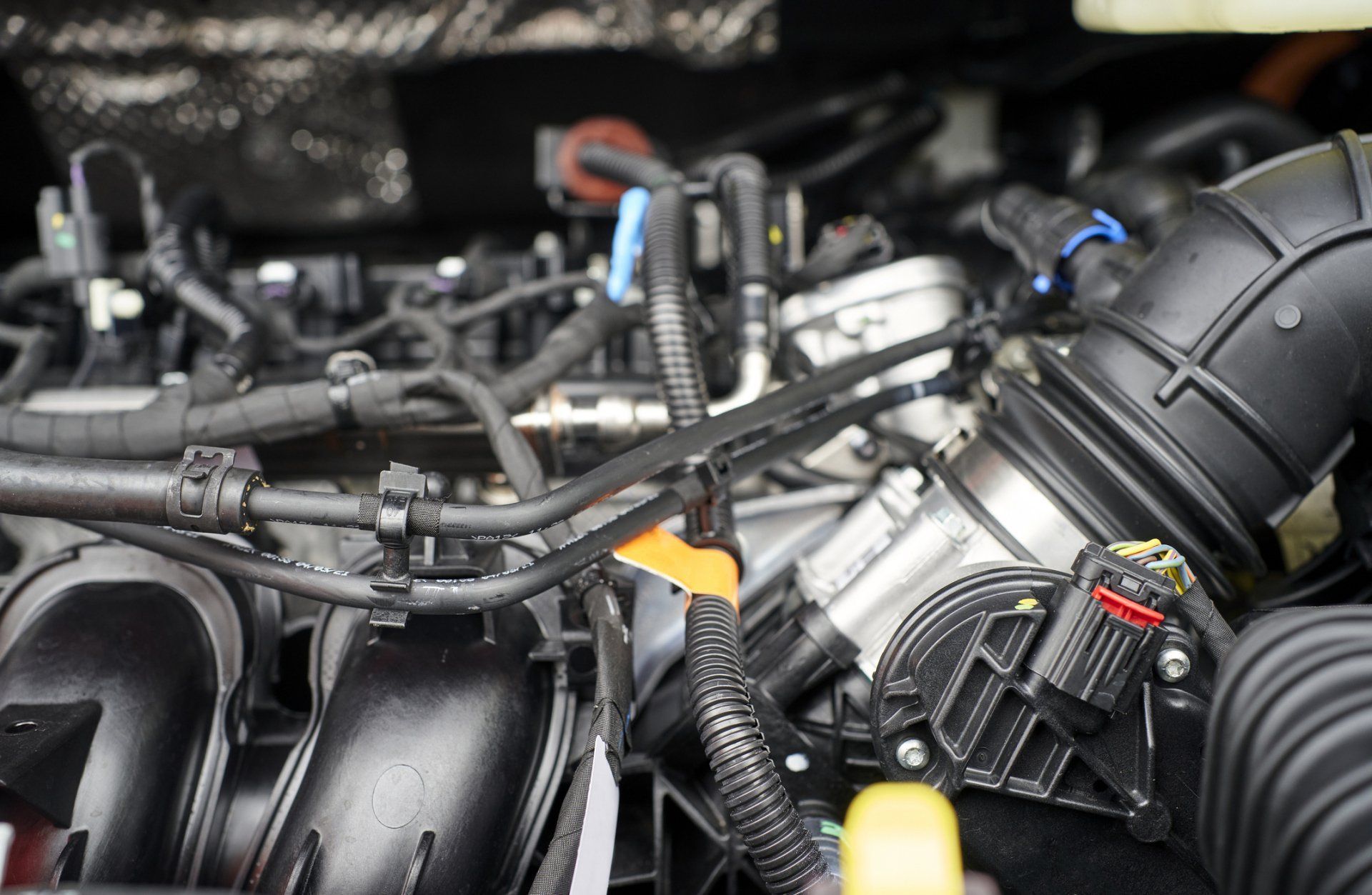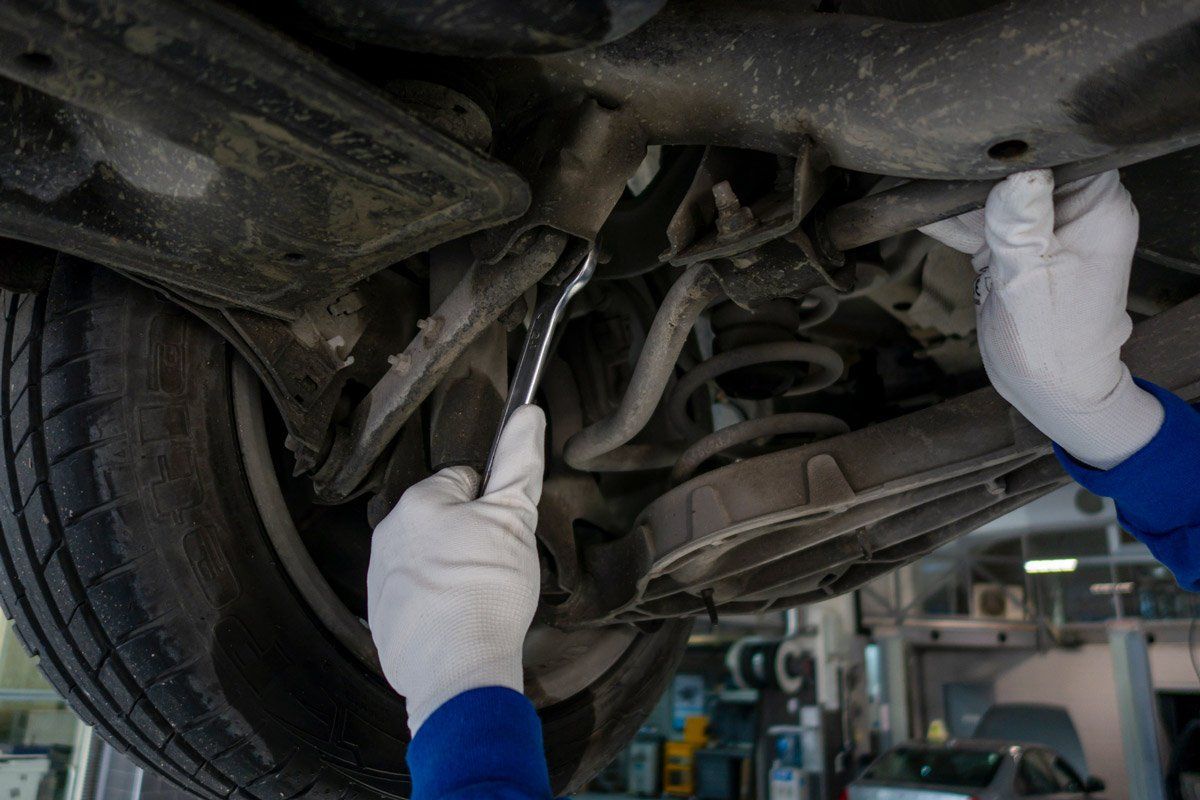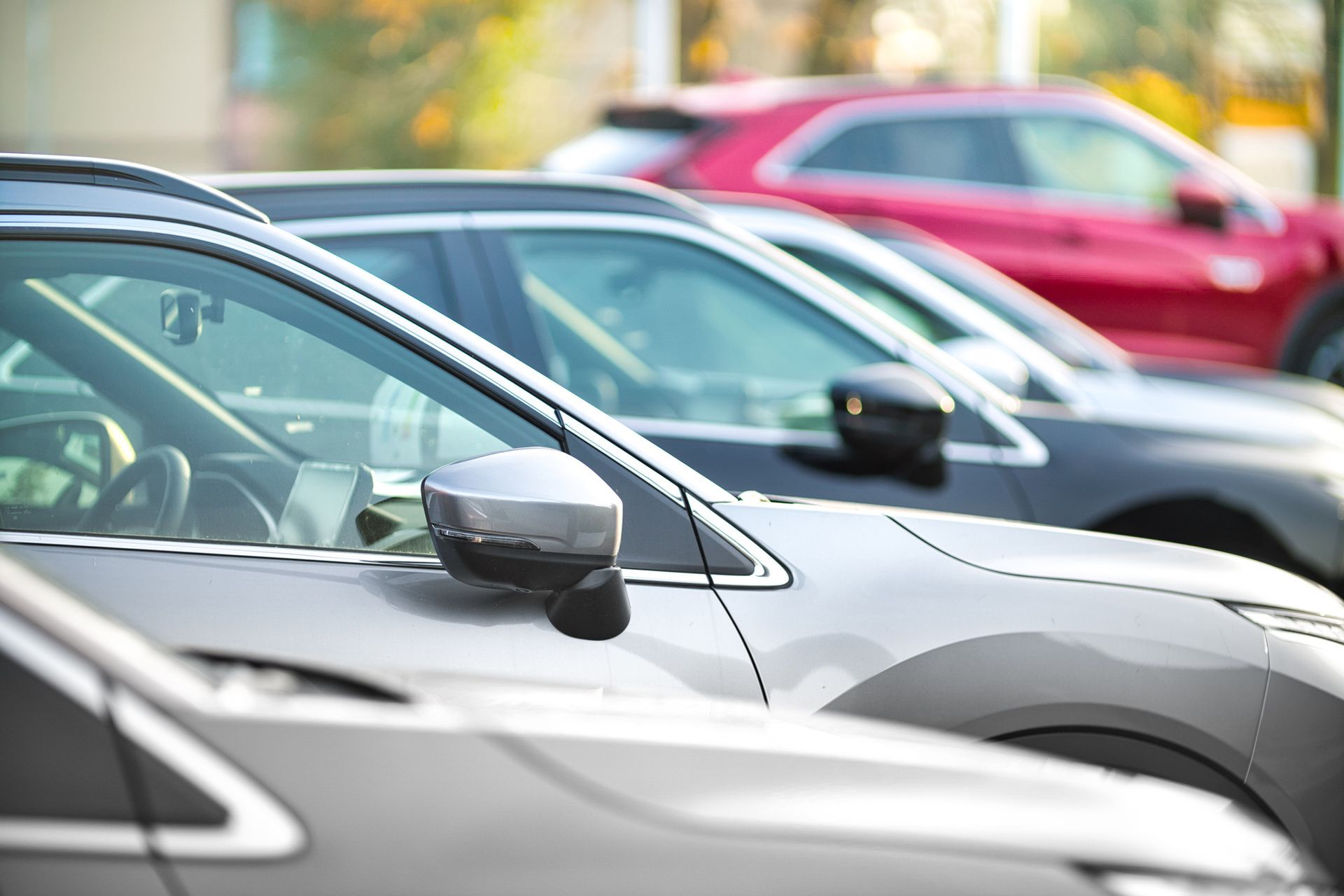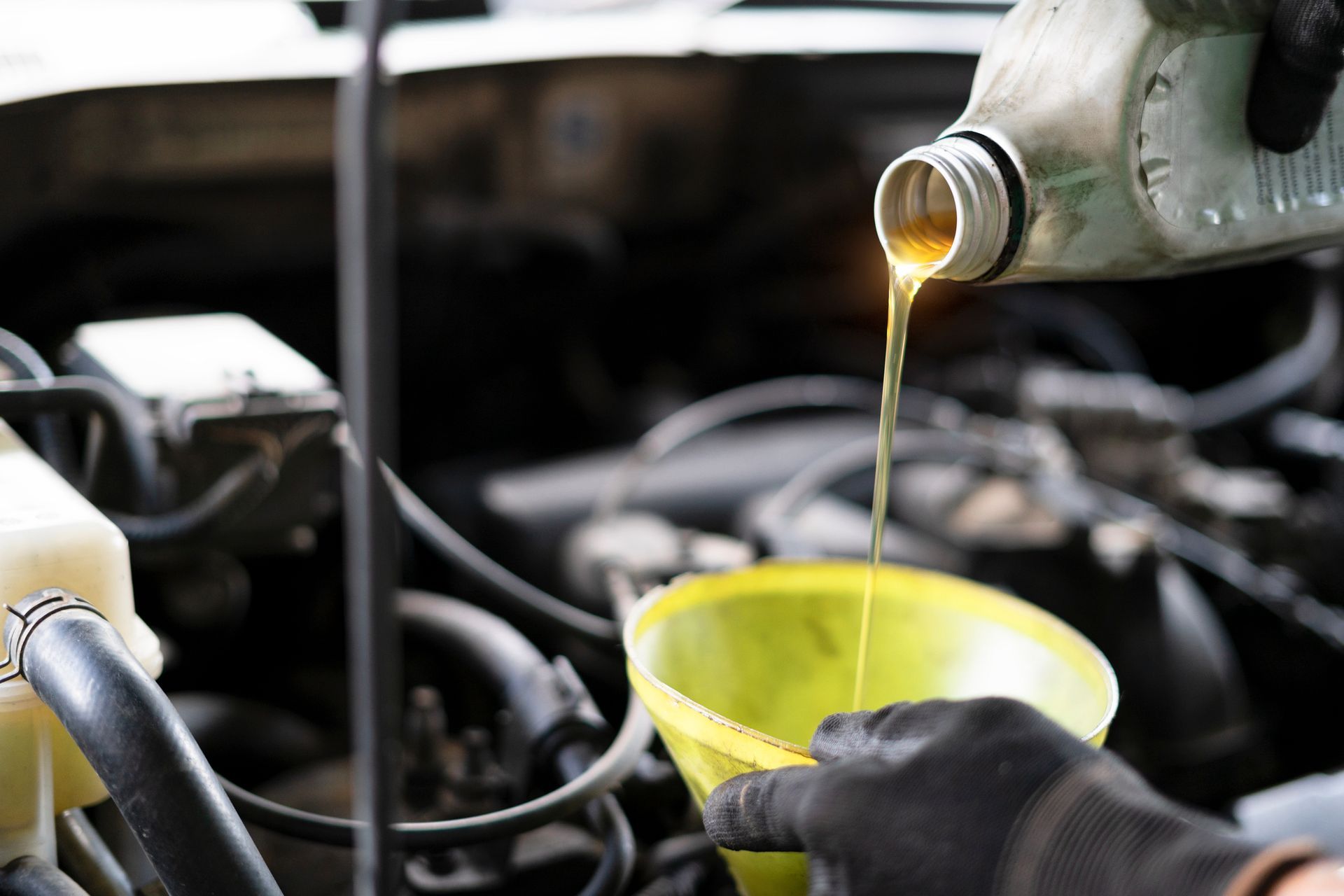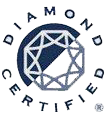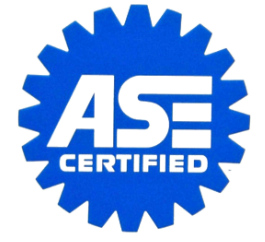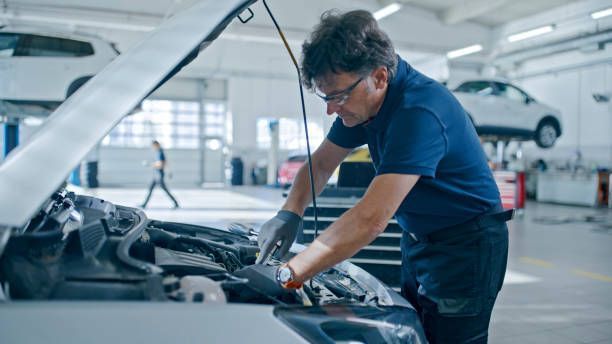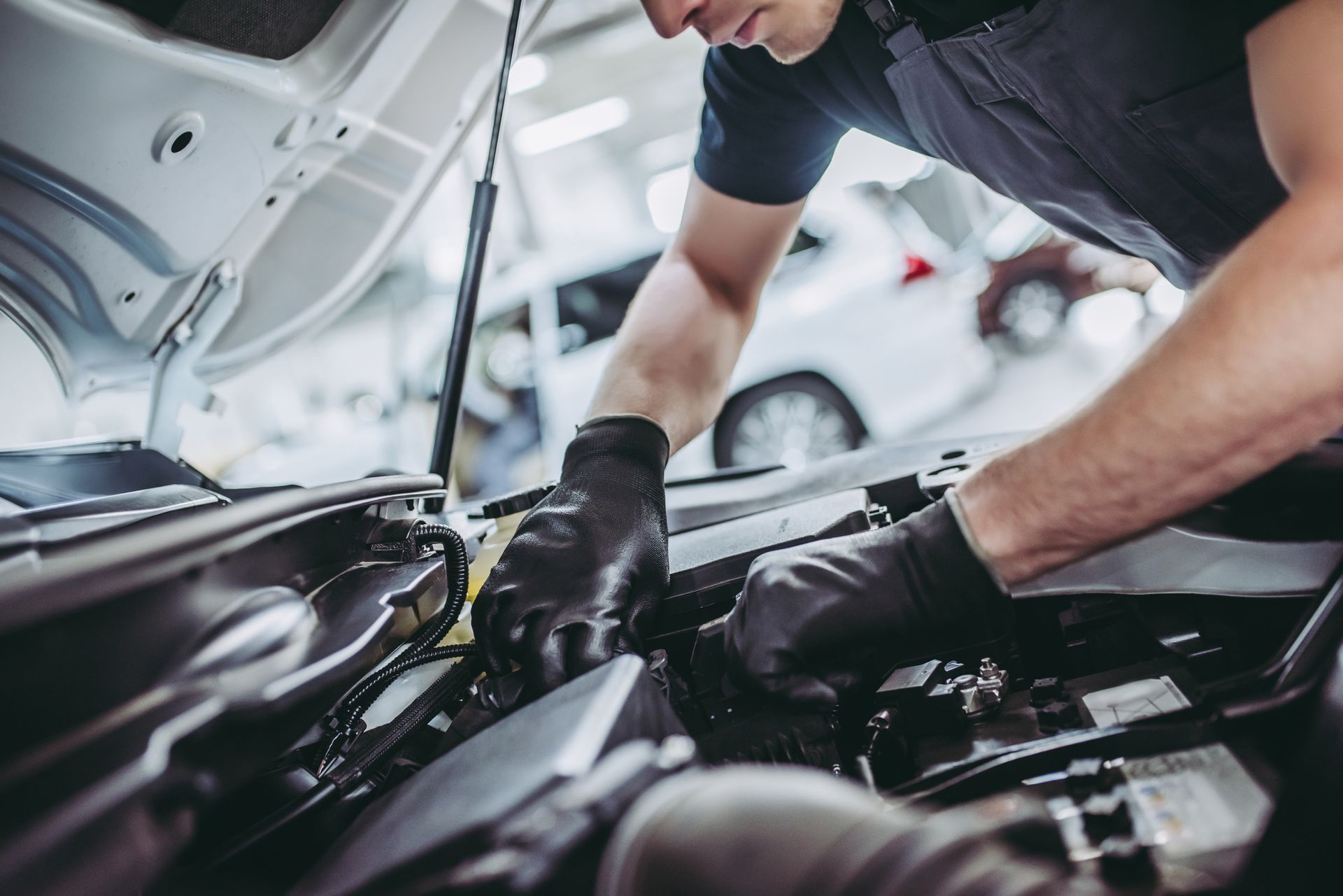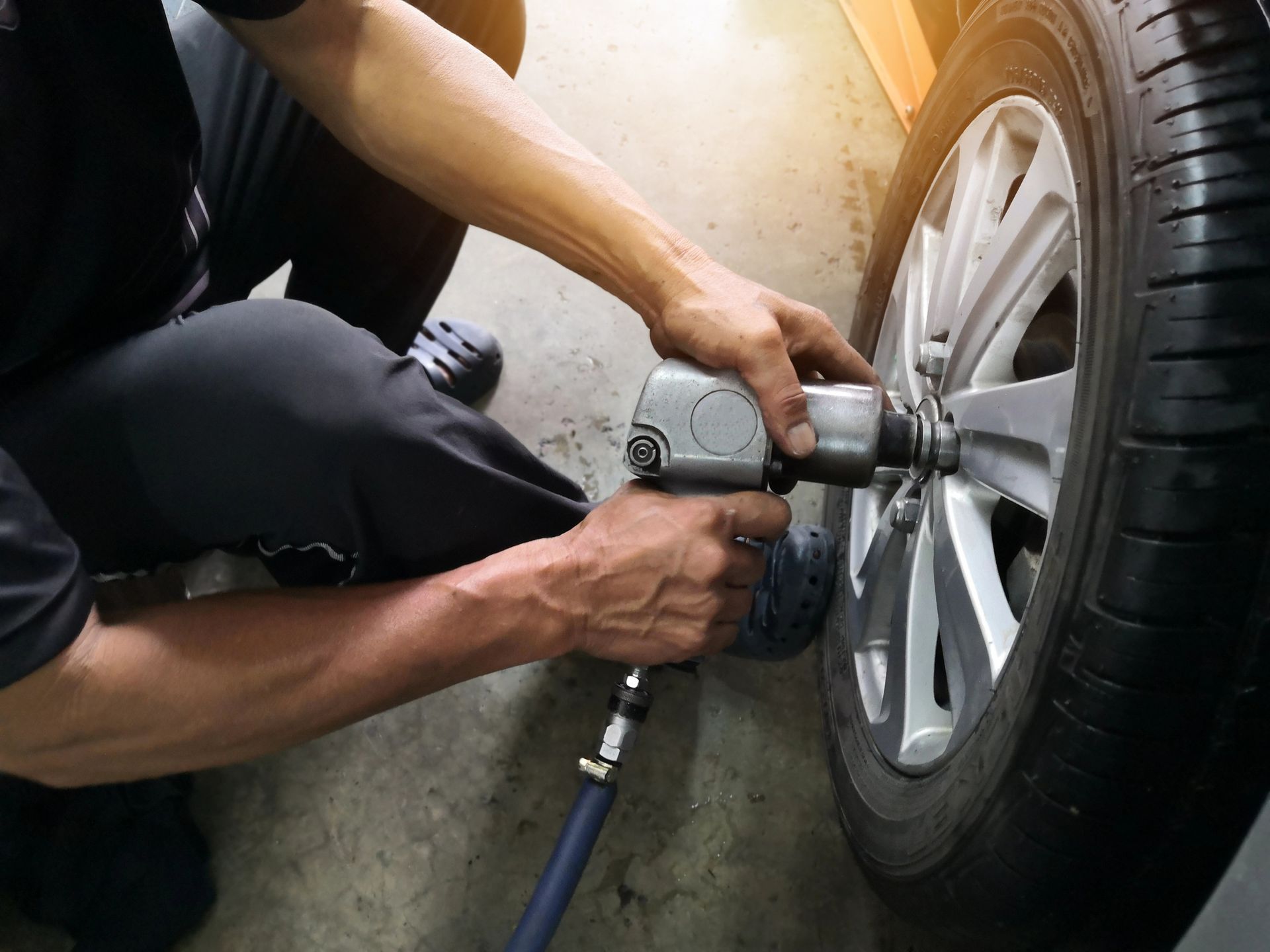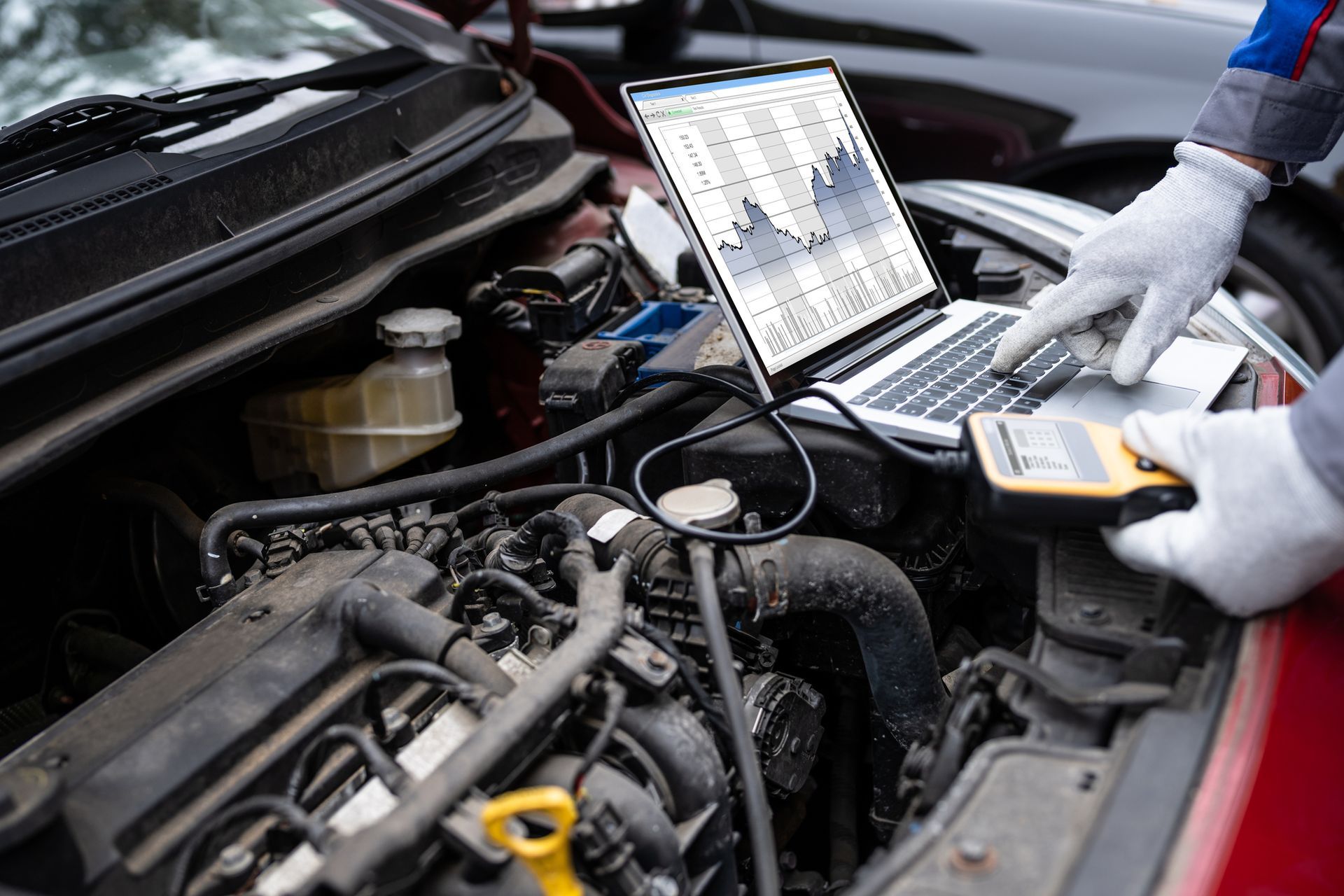Automatic Vs. Manual Transmission: Which Should I Choose?
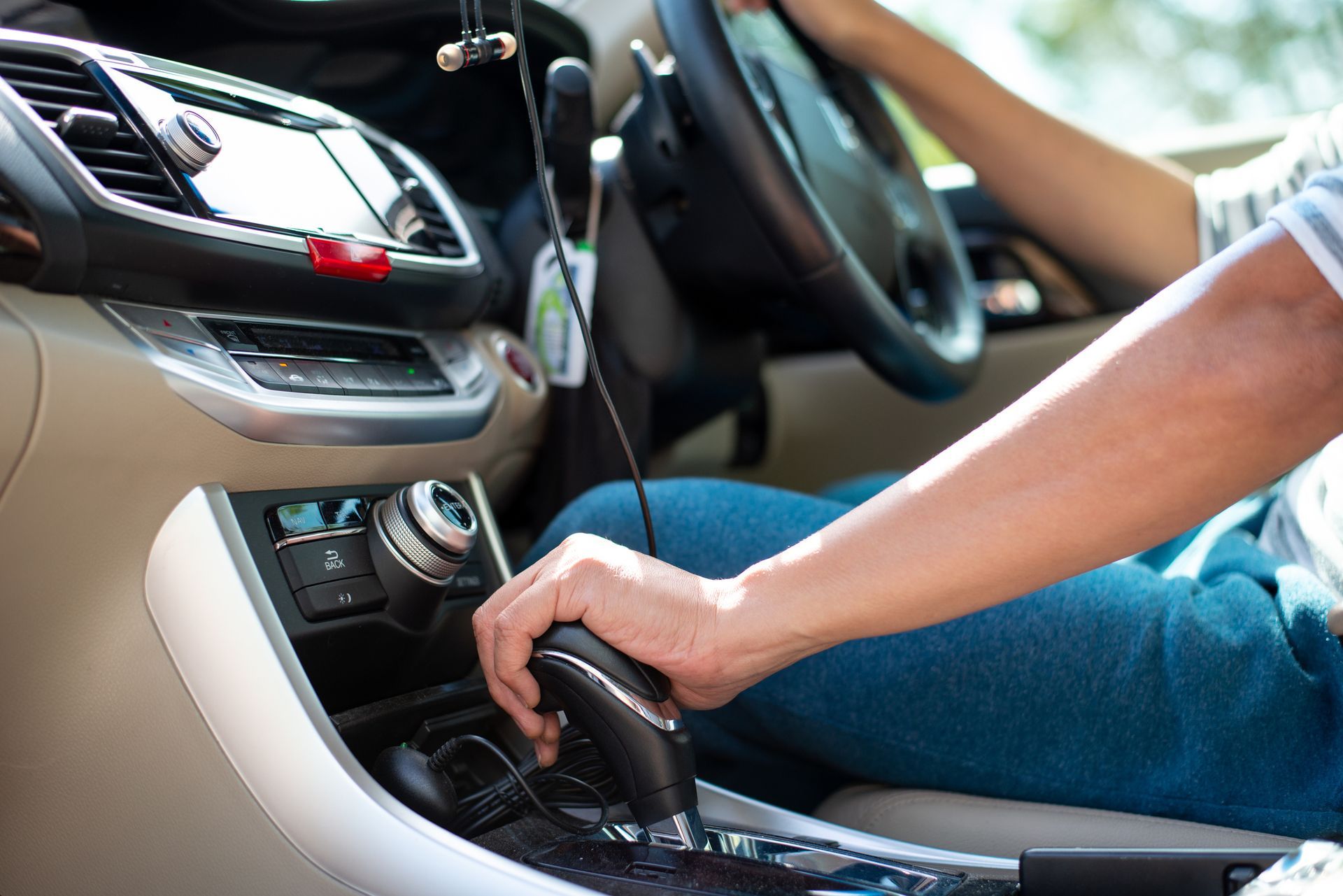
If you're in the market for a new car, you might wonder which type of transmission is the best choice for you. Explore the differences between automatic and manual transmissions, as well as the pros and cons of each. Ultimately, the choice between automatic and manual transmission comes down to personal preference, but this blog post can provide you with some helpful information to make an informed decision.
Automatic Transmission
An automatic transmission shifts the gears based on the engine's speed and torque rather than driver input. It uses a complex combination of gears, clutches, and a fluid pressure system to shift the gears. A torque converter connects and disconnects the engine from the driveshaft in automatic transmissions. The torque converter is a fluid coupling that makes it easy for the engine and driveshaft to work together.
Since an automatic transmission handles most of the gear shift changes, you can use your hands and feet for other things while driving. With an automatic transmission, you only need to use one foot to operate the gas pedal and the brake pedal. You do not have to balance the clutch and pedal every time you brake. Thus, you do not have to use as much effort as you do in a manual transmission.
An automatic transmission has less wear and tear on your engine. Shifting gears stresses the engine components when you drive a car with a manual transmission. Over time, this stress can cause parts like the clutch or gearbox to fail prematurely. The engine does not have to work as hard with an automatic transmission because the gears change based on your acceleration.
Even though automatic transmissions have these pros, they also have a few cons. Automatic transmissions can use more gas than manual transmissions due to gear ratios. The gear ratios of automatic transmissions are often more extensive than those of manual transmissions. Larger gear ratios can make the engine of your car work harder, which can make it use more gas.
Automatic transmissions can cost more to fix than manual transmissions. Automatic transmissions are usually more complicated than manual ones. They have more parts that can break or wear out over time, which increases the maintenance and repair costs.
Manual Transmission
A manual transmission uses a clutch and gear system to change gears while driving manually. The driver uses the clutch to disengage the engine from the transmission, which enables them to change the gears.
When the driver shifts into a new gear, the clutch engages the new gear, which permits the engine to power the car forward. The driver uses the clutch to smoothly transition between gears, allowing for a comfortable and efficient driving experience.
Manual transmissions are more fuel-efficient than automatic transmissions since they have fewer moving parts and weigh less. Also, the driver has better control over the shift of gears. Thus, the lower weight and better control enable the engine to experience less resistance and better gas mileage.
Manual transmissions require fewer parts than automatic transmissions, and those parts are generally less expensive. Fewer parts also mean that they only require some maintenance. Thus, they cost less to fix and replace than automatic transmissions.
A manual transmission gives the driver more control over the speed and direction of the vehicle. This control can help when driving in bad weather or on roads with many turns.
However, manual transmissions can be more complicated to use than automatic transmissions, especially for people who are unfamiliar with them. The driver must use both hands to change gears, which can be hard.
Whichever option you choose, ensure that a qualified automobile service handles the maintenance, repair, or replacement of your vehicle's transmission. Contact us at
Letcher Bros. Auto Repair for automobile repair and maintenance services.

